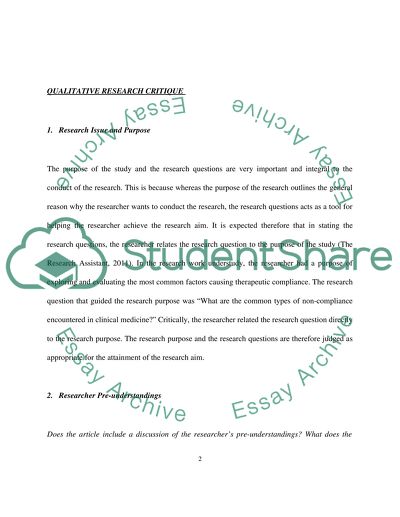Cite this document
(“The most common factors causing therapeutic compliance Research Paper”, n.d.)
Retrieved from https://studentshare.org/nursing/1434444-the-most-common-factors-causing-therapeutic-compliance
Retrieved from https://studentshare.org/nursing/1434444-the-most-common-factors-causing-therapeutic-compliance
(The Most Common Factors Causing Therapeutic Compliance Research Paper)
https://studentshare.org/nursing/1434444-the-most-common-factors-causing-therapeutic-compliance.
https://studentshare.org/nursing/1434444-the-most-common-factors-causing-therapeutic-compliance.
“The Most Common Factors Causing Therapeutic Compliance Research Paper”, n.d. https://studentshare.org/nursing/1434444-the-most-common-factors-causing-therapeutic-compliance.


